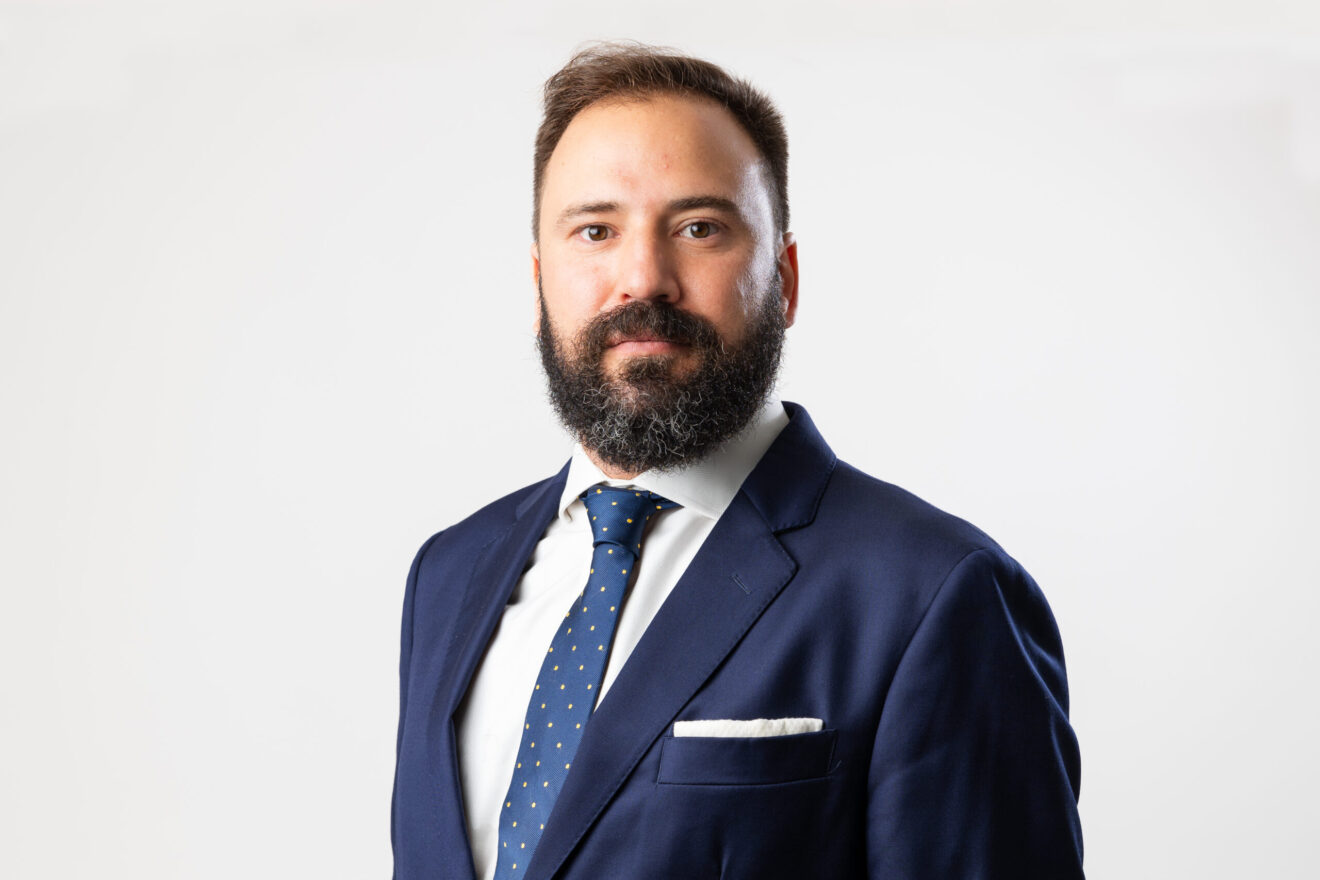
The Segregated Portfolio Company (SPC) is a bit like the Swiss army knife of corporate structures, versatile, customisable, and designed to help directors tailor solutions to fit their clients’ specific needs. It’s especially valuable when the goal is to keep risks neatly separated while giving each portfolio the freedom to operate independently.
The concept of separating risks and returns within a single structure came from the insurance world, where it’s especially important to prevent cross-contamination between policies or business lines. The Cayman Islands introduced the SPC in 1998, offering a smart solution for businesses that needed to keep the assets and liabilities of different strategies or holdings completely ring-fenced. Each “segregated portfolio” (or SP) operates as if it were a separate company, even though they all sit under one legal entity. Creditors of one SP can’t touch the assets of another, or the general assets of the SPC itself.
While Delaware introduced the concept of asset segregation in 1996 through the Series LLC, an early innovation that allowed for separate “series” within a single legal entity, Guernsey followed in 1997 with the first dedicated cell company legislation. Guernsey’s Protected Cell Company (PCC) structure was the first of its kind in the offshore world and served as a major influence for what would become the Cayman Islands’ Segregated Portfolio Company regime in 1998. Since then, similar concepts have emerged in jurisdictions like Bermuda, the British Virgin Islands, Ireland, Malta, and Liechtenstein, sometimes under different names, such as “Protected Cell Companies”, “Series LLC”, “Umbrella Company” or variations of the series structure.
Today, SPCs are used across a wide range of industries. In the UK, the Financial Conduct Authority (FCA) provides more structured categorisation:
· Insurance, particularly for captive insurers looking to isolate risk across policies or business lines;
· Asset and equity holding, where each SP might own a different asset, such as a real estate property, aircraft, or private equity investment;
· And perhaps most popular of all, investment funds, where each SP can follow a different strategy, target a unique investor base, or apply its own fee structure, all while keeping liabilities strictly segregated.
The result? A single legal entity that can house multiple business lines, investment strategies, or asset pools, each operating independently but efficiently under one roof.
Key features of a Cayman SPC
If you’re thinking of launching or investing in a fund, a Cayman Islands SPC might be just what you’re looking for. Here’s why this structure has become such a popular and practical tool in the investment world:
o Built-in risk segregation: Think of an SPC like a filing cabinet, where each drawer is an SP and holds its own assets and liabilities. What happens in one drawer doesn’t affect the others, therefore, if one investment goes south, the others are protected.
o Limited exposure: If someone is owed money from a specific SP, they can only go after the assets in that SP, not the whole company. They might be able to dip into the SPC’s general assets if needed, but only if the company’s rules allow it and only if that SP’s assets fall short.
o One company, many strategies: An SPC is a single legal entity, even though it can run multiple SPs under its umbrella. Each SP isn’t a company on its own, but it can still act like one in many practical ways.
o Customisable share classes: You can create different classes or series of shares within each SP. This gives you flexibility to tailor each SP for a specific investment strategy, asset type, or investor group.
o Targeted dividends: Dividends can be paid out from the profits of a specific SP without needing to involve any of the other portfolios. So if one SP does well, its investors can benefit, without waiting for the others to catch up.
o Flexible corporate objects: The SPC can pursue almost any lawful business activity in the Cayman Islands. It’s a “do-anything” structure, as long as it follows local laws.
o Simple setup: Setting up a new SP inside an existing SPC is easy, just a board resolution will do. No need for a separate incorporation process each time you want to try something new.
o Board & management flexibility: While the SPC itself has a formal Board of Directors, each SP can have its own team (like a management or investment committee) to make decisions about that portfolio. These teams get their authority from the main Board.
o No separate legal identity for SPs: Each SP isn’t a company on its own, so when signing contracts or making deals, it’s important to specify exactly which SP is involved. This avoids confusion and ensures the correct SP is on the hook, not the whole SPC.
o Separate service providers allowed: Each SP can have its own investment manager, advisor, or administrator. Just make sure the paperwork clearly says which SP is hiring them.

Keeping things in their lane: Handling assets and liabilities
One of the biggest advantages of a Cayman SPC is how clearly it separates everything. This legal structure helps protect investors and service providers from risk tied to other parts of the company, and the Companies Act makes that separation crystal clear.
· What’s whose? SPCs must keep their house in order by dividing assets into two categories: segregated portfolio assets (clearly assigned to a specific SP) and general assets (not linked to any SP). Each SP should have its own bank or brokerage account to make sure everything stays clean and separate.
· What goes into an SP? An SP holds everything that’s been earmarked for it, from its share capital and profits to its actual investments, like real estate or stocks. If shares are issued for a particular SP, the funds go straight into that SP’s pot, not the company’s general funds.
· Liabilities work the same way: Just like assets, liabilities are tied to a specific SP. If someone is owed money by an SP, they can only go after that SP’s assets, not any others. This is what makes SPCs especially useful for investment funds that want to ring-fence risk.
· The statutory shield: This legal separation isn’t optional, it’s built into the Cayman Companies Act. Creditors of one SP can’t touch the assets of another, which creates a powerful layer of protection across the whole SPC structure.
· Limited cross-use of funds (and only when allowed): Sometimes an SPC’s directors can dip into SP funds to cover company-wide costs like government fees or legal bills, but only if allowed by the Articles of Association, and usually in fair proportions across SPs. Even then, it’s done with care and transparency.
· Watch the fine print! Whenever an SP makes a deal, it must be clear which SP is involved, because that’s the only pocket a third party can reach into if something goes wrong. No surprises, just solid, legally-backed compartmentalisation.
Real-life uses: Why funds love the SPC model
The magic of a Cayman SPC lies in its flexibility. You can create a new SP whenever you need a clean, risk-separated compartment just by passing board resolutions, and that makes it a favorite for fund managers juggling multiple strategies, asset types, or investor groups.
· Multi-asset strategies: Running both a venture capital and a private equity strategy? One SP can house your PE deals while another handles your VC bets. Add a third for liquid strategies like hedge fund trades. Everything stays clean and protected, even if performance (or risk) varies wildly.
· Multi-strategy hedge funds: Hedge funds with multiple trading strategies often use an SP for each, say, long/short equity in one, credit arbitrage in another. This not only helps contain risk; it also makes performance attribution and reporting far more transparent.
· Different investor profiles: Have investors with different appetite for risk or liquidity needs? Use a separate SP for each class. For example, sophisticated investors might be in one lower-risk SP, while institutional investors with a long-term view might be in a higher-volatility SP.
· Portfolio management – one SP per investor: In certain bespoke structures, each investor may get their own SP, effectively building a managed account within the SPC umbrella. This works especially well for family offices or UHNWIs seeking tailored exposure while benefiting from the fund’s overall structure.
· Venture capital funds: VC funds love SPCs because they can use a separate SP for each portfolio company. This makes exit planning, liability isolation, and performance tracking incredibly straightforward, plus it’s cleaner for investors if one portfolio soars while another fizzles out.
· Real estate funds: It’s common to ring-fence each real estate asset into its own SP. That way, any liability from a property issue, say, litigation or a loan default, won’t touch the rest of the fund. It also simplifies sales and refinancing down the road.
· Feeder funds & master-feeder structures: An offshore feeder structured as a Cayman SPC can have one SP dedicated to a particular strategy, let’s say SP A, while a Delaware Series LLC acts as the onshore feeder, with a corresponding Series A investing in the same strategy. Both feed into a Cayman SPC master fund, where SP A mirrors the same investment profile. This “stacked” setup allows the manager to isolate the strategy and its investors at every level, feeder and master, while maintaining tight control, clear segregation, and flexibility for future scale.
· Co-investment and sidecar structures: Need to offer a co-investment opportunity outside the main fund? Just spin up a new SP. It can mirror the main deal, offer better terms, or target a smaller subset of investors, all without affecting the main portfolio.
The caveat: What’s the catch?
The SPCs (and particularly the Cayman SPCs) are becoming more popular in the investment world, but they’re still a bit of an offshore specialty. In many onshore jurisdictions, the idea of a segregated portfolio, where assets and liabilities are legally separated even though they are part of the same company, can feel unfamiliar or even confusing. And because each SP is not a separate legal entity, there’s some uncertainty about how things would play out in an onshore bankruptcy, or how a credit rating agency might view the structure.
That said, Cayman remains one of the most robust and well-respected jurisdictions for offshore fund structures. Its legal framework, developed over decades and supported by case law and oversight from the UK Privy Council, offers significant protection and clarity. For many managers, the flexibility, cost efficiency, and operational simplicity of an SPC outweigh the risks, especially when paired with the right legal and structuring advice.

Shelley Do Vale is the founder and managing partner of Vale Law.



